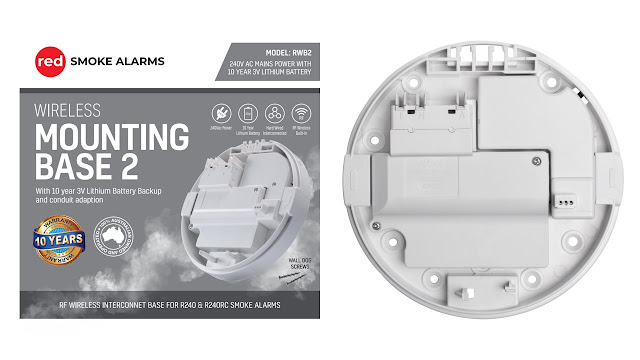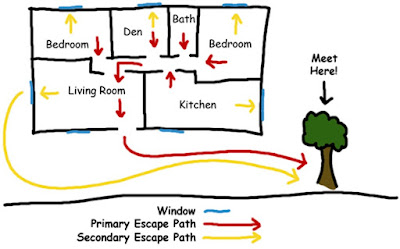Ultimate Home Safety: Discover Why Interconnected Smoke Alarms Are Queensland's Lifesaving Secret Weapon!

The pursuit of creating a safer Queensland community extends beyond safety at our beaches or safety on our roads, Queenslanders have embraced the implementation of interconnected smoke alarms as a crucial safety measure in their homes as well. This progressive initiative goes beyond the traditional standalone alarms, offering several benefits that contribute to a more robust and effective home fire safety system. One of the primary advantages of interconnected smoke alarms is their ability to communicate with each other. When one alarm detects smoke, it sets off a chain reaction, activating all interconnected fire alarms throughout the property. This rapid dissemination of alerts ensures that occupants are promptly notified, regardless of their location within the premises. In a state as vast and diverse as Queensland, where homes come in various sizes and layouts (from traditional Queenslanders to modern high rise apartments), this interconnectedness is pivotal in providing comprehen...



